Seven for two
One spot's a no-brainer. So who will the other two be?
Sidharth Monga
05-Oct-2009

Hadlee: shoo-in • Getty Images
Fast bowling has been New Zealand's strength, but at the same time, the number of years their fast men have lost to injuries has been a big source of frustration. After Richard Hadlee, almost every New Zealand pace bowler has had to deal with recurring injuries. Before him, in the sixties, Gary Bartlett, arguably the fastest New Zealand had produced until then, was a cautionary tale of a fast bowler lost to injury. Dick Motz, around the same time, went around bowling with a displaced vertebra without knowing of the condition. The pattern Bartlett set still holds: demanding action , recurring injuries, frustrated followers, and insinuations that the injuries are in the mind and not the body. Bartlett managed only 10 Tests, and doesn't make it to the shortlist: nor do Geoff Allott, Dion Nash and Simon Doull.
Regardless, the men who make it cut across eras, character types and kinds of fast bowling. There is the all-round mastery of Hadlee, the earnestness of Ewen Chatfield and Chris Martin, the swing of Danny Morrison and Motz, the pace of Shane Bond, the left-arm accuracy of Richard Collinge, and the pre-war mastery of Jack Cowie.
Cowie takes us back to the question Stewie Dempster posed in the openers' section: He didn't get enough opportunities to play in his day, but was rated very highly among his contemporaries for what he achieved when he did. This decision becomes more difficult than the one with the openers, because Hadlee inevitably is sure to take one place, which leaves seven others to fight for the remaining two.
The contenders
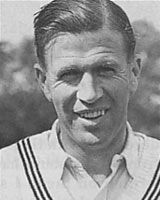 |
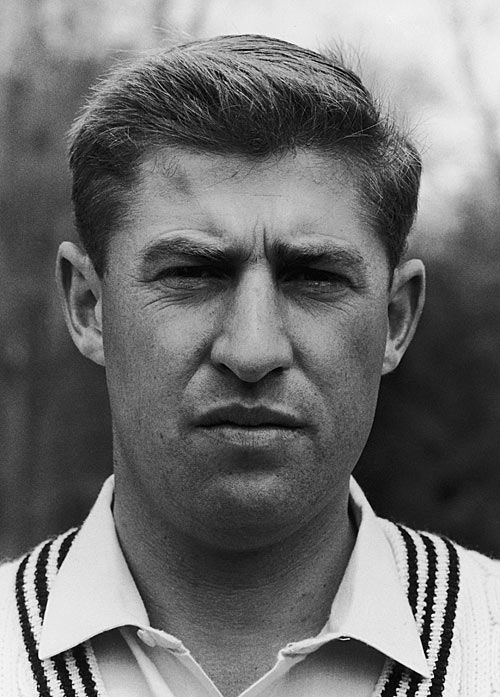 |
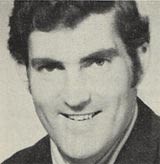 |
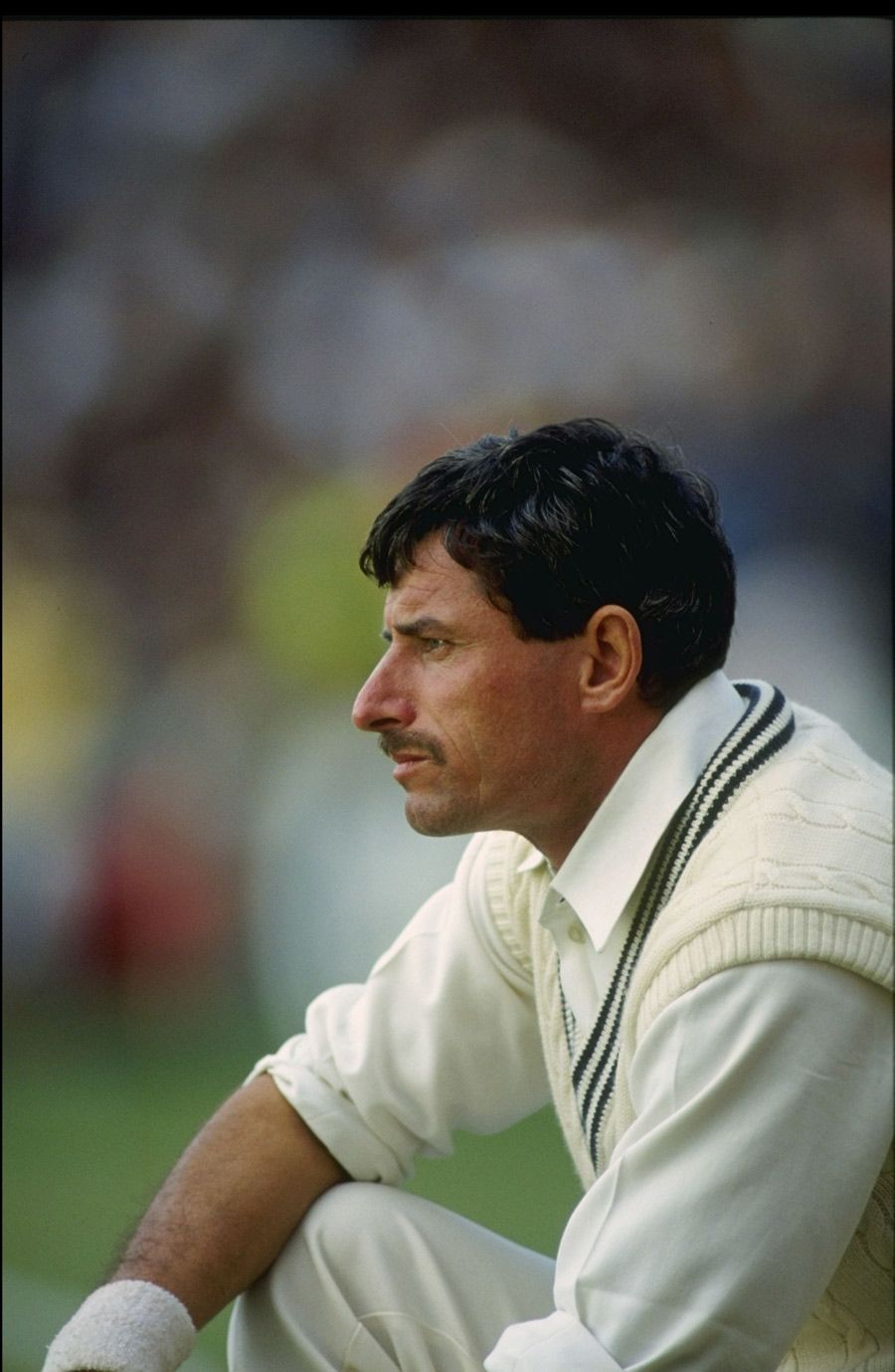 |
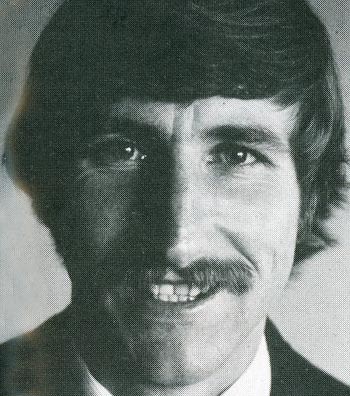 |
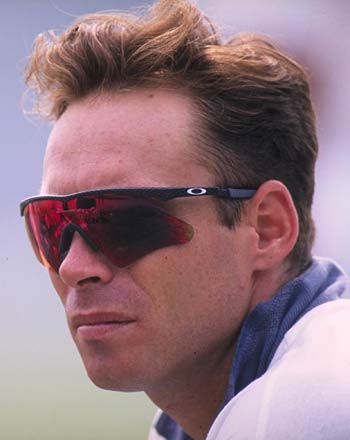 |
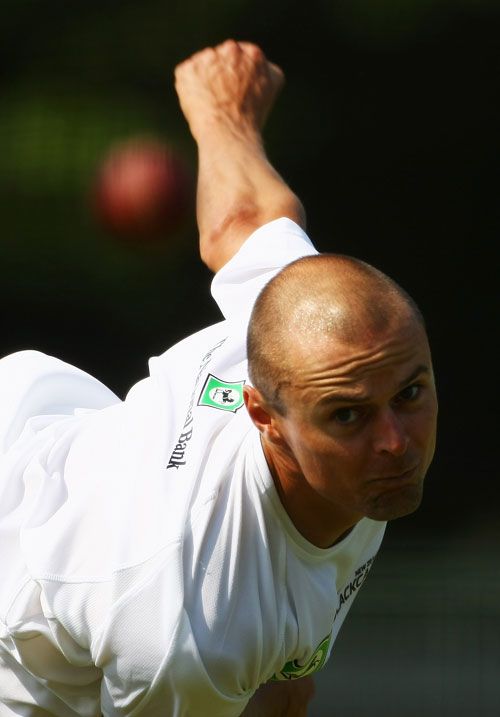 |
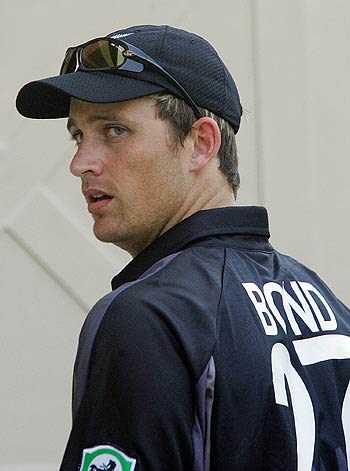 |
We'll be publishing an all-time New Zealand XI based on readers' votes to go with our jury's XI. To vote for your top New Zealand fast bowlers click here
Sidharth Monga is a staff writer at Cricinfo